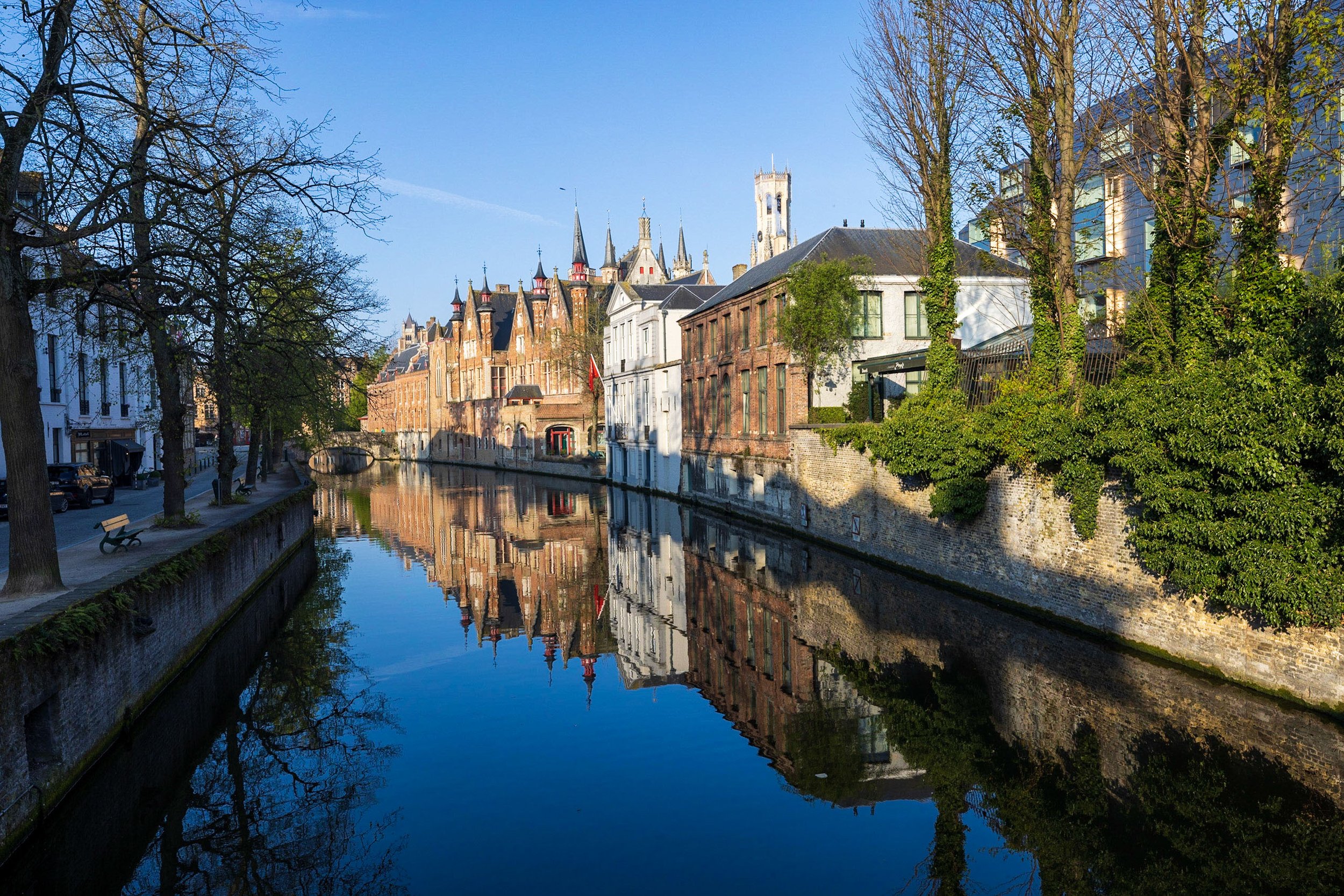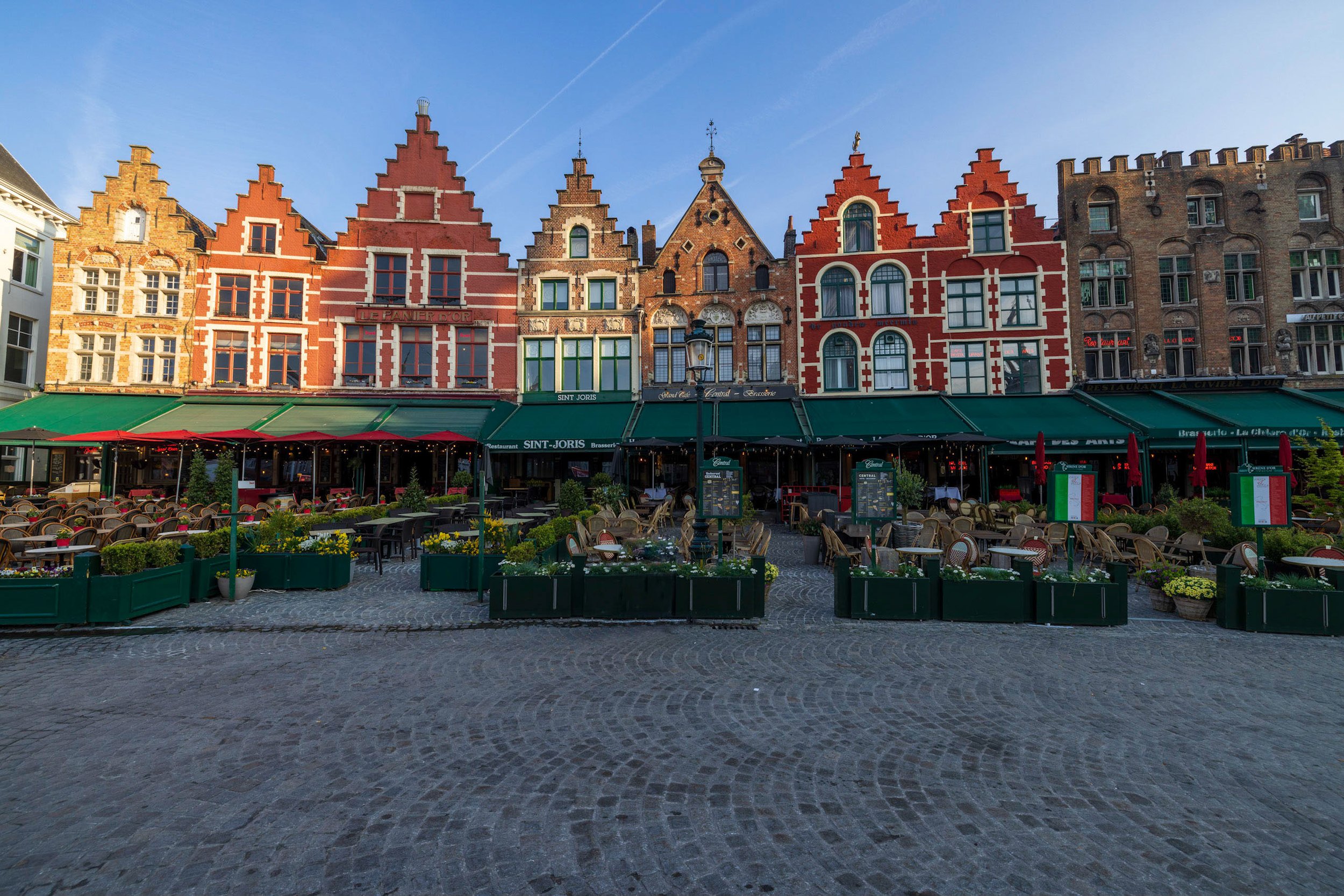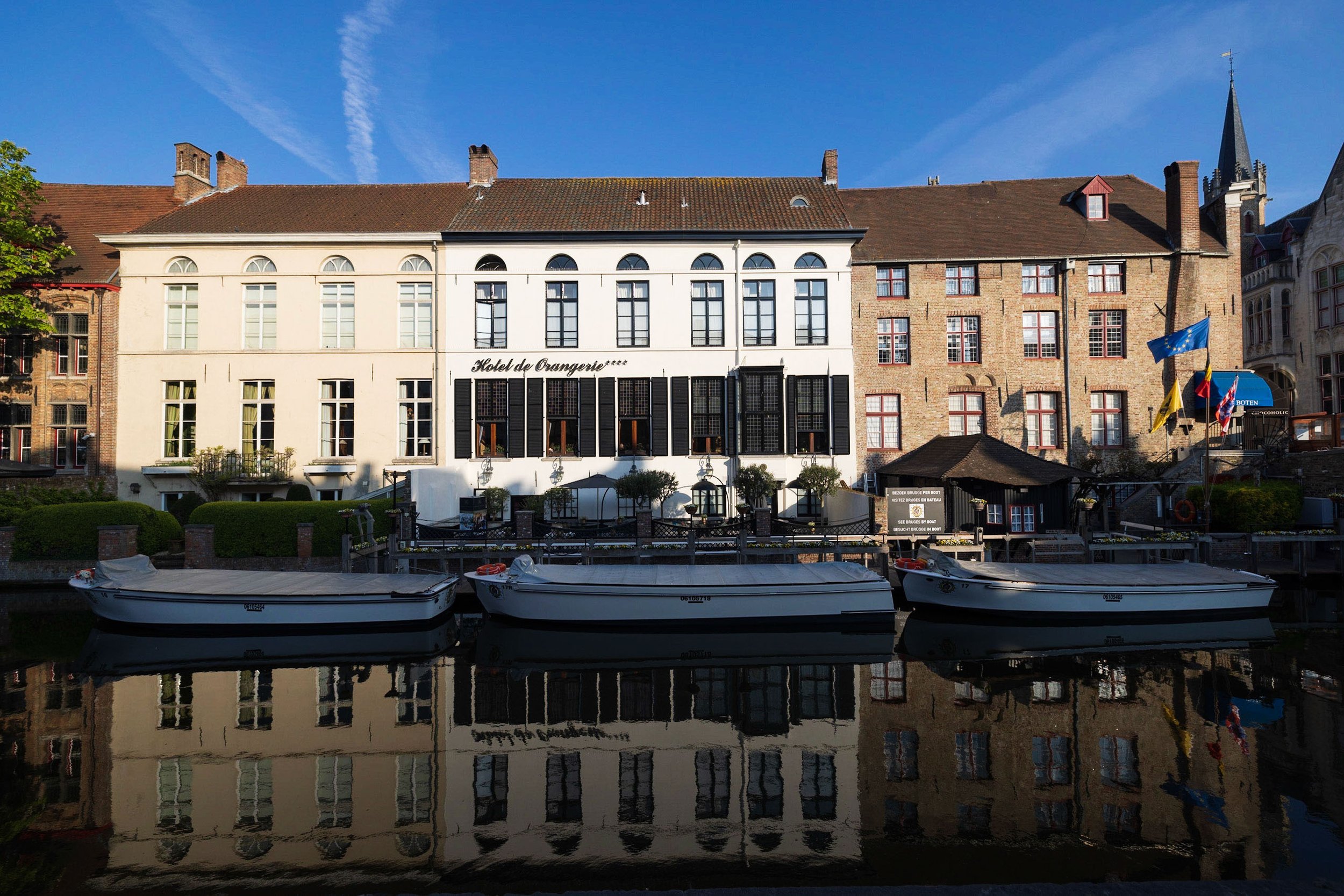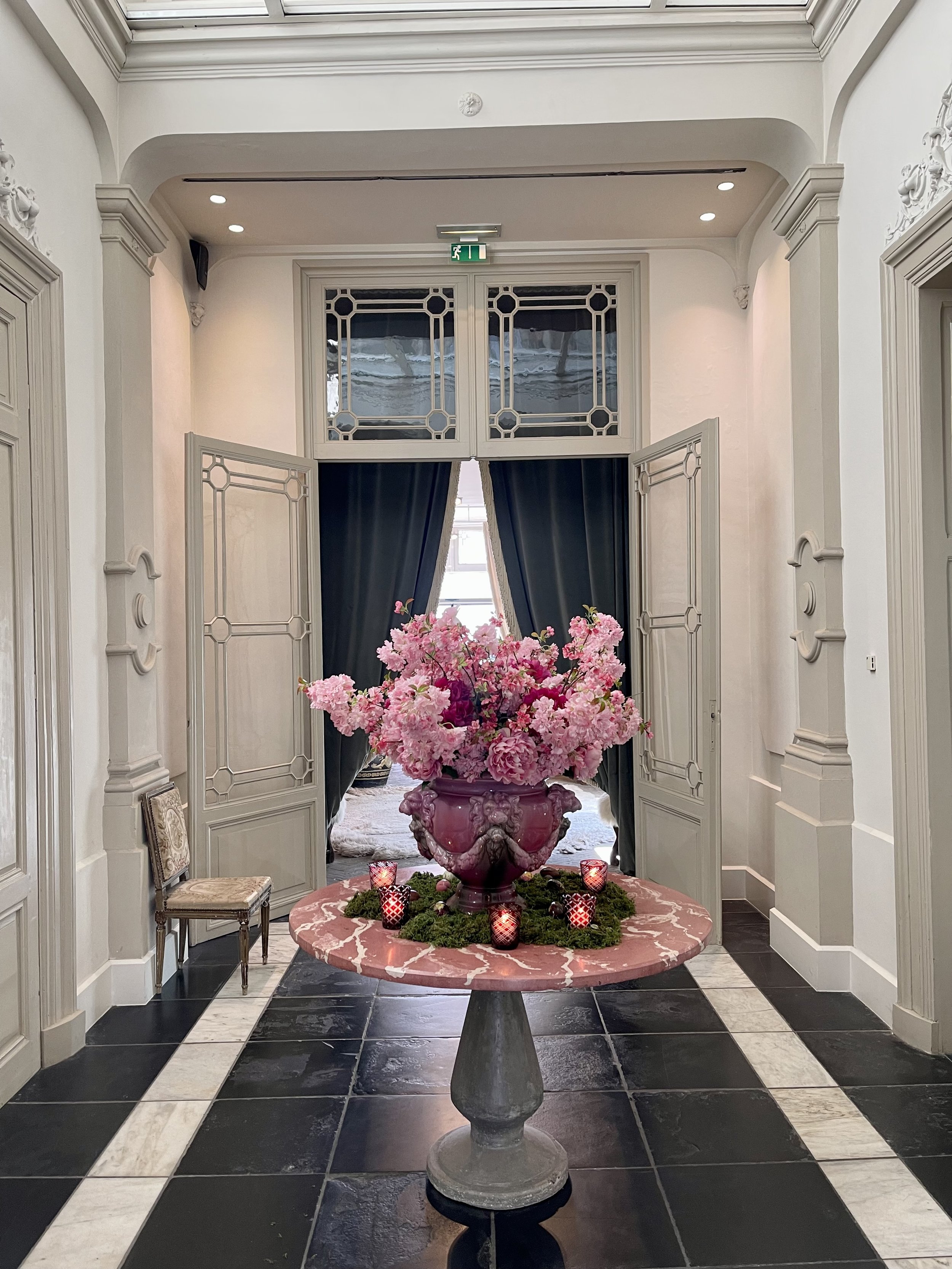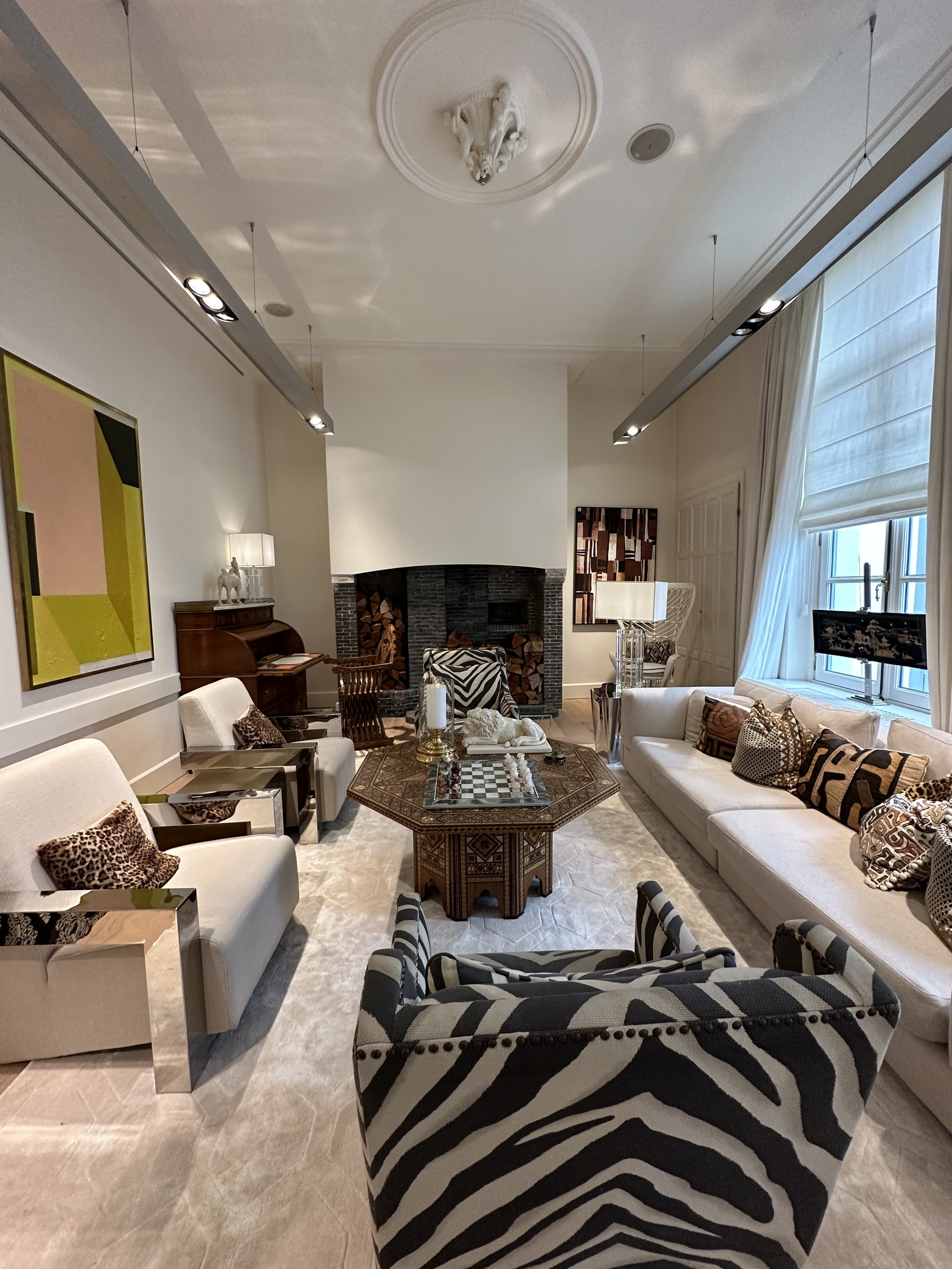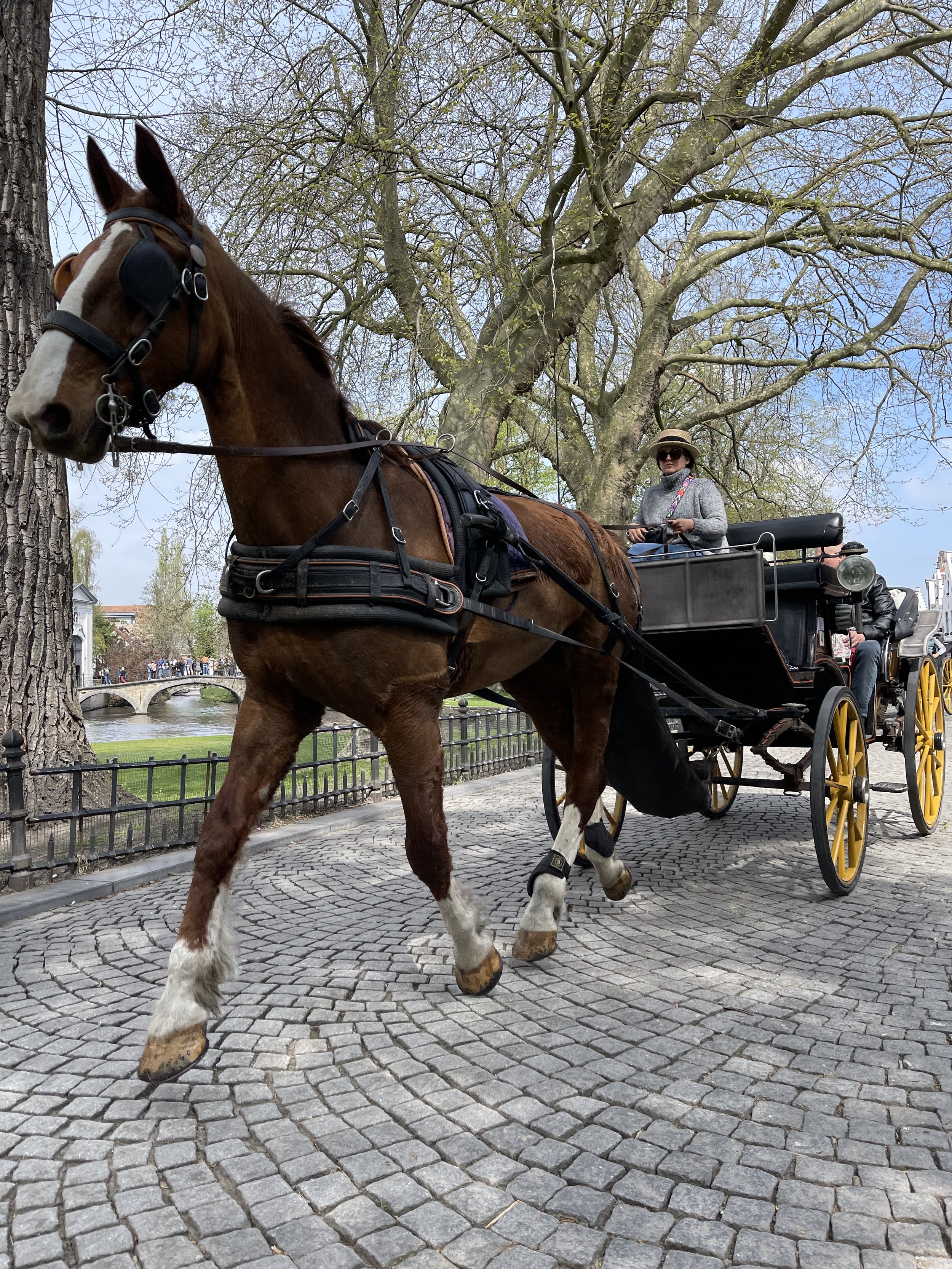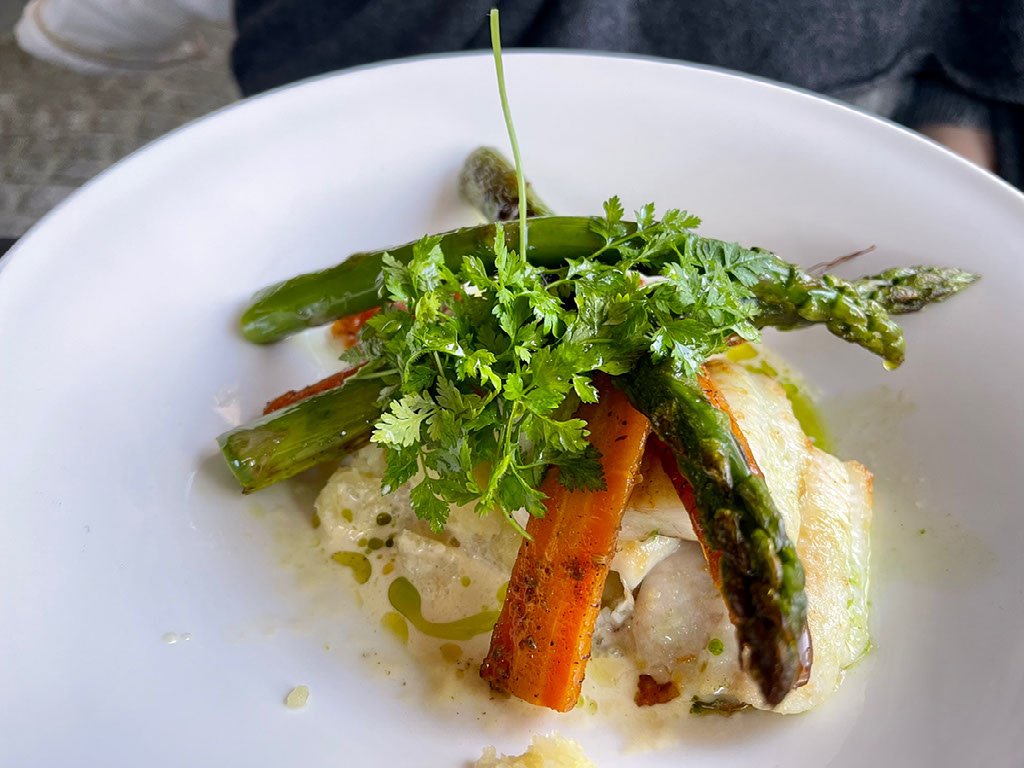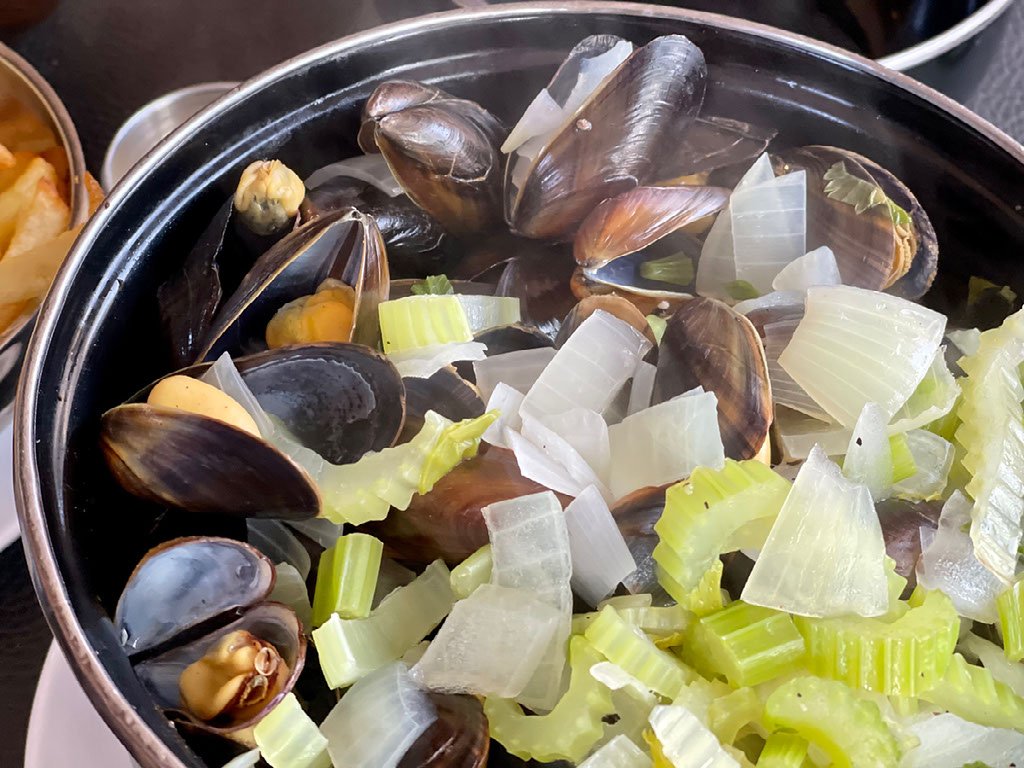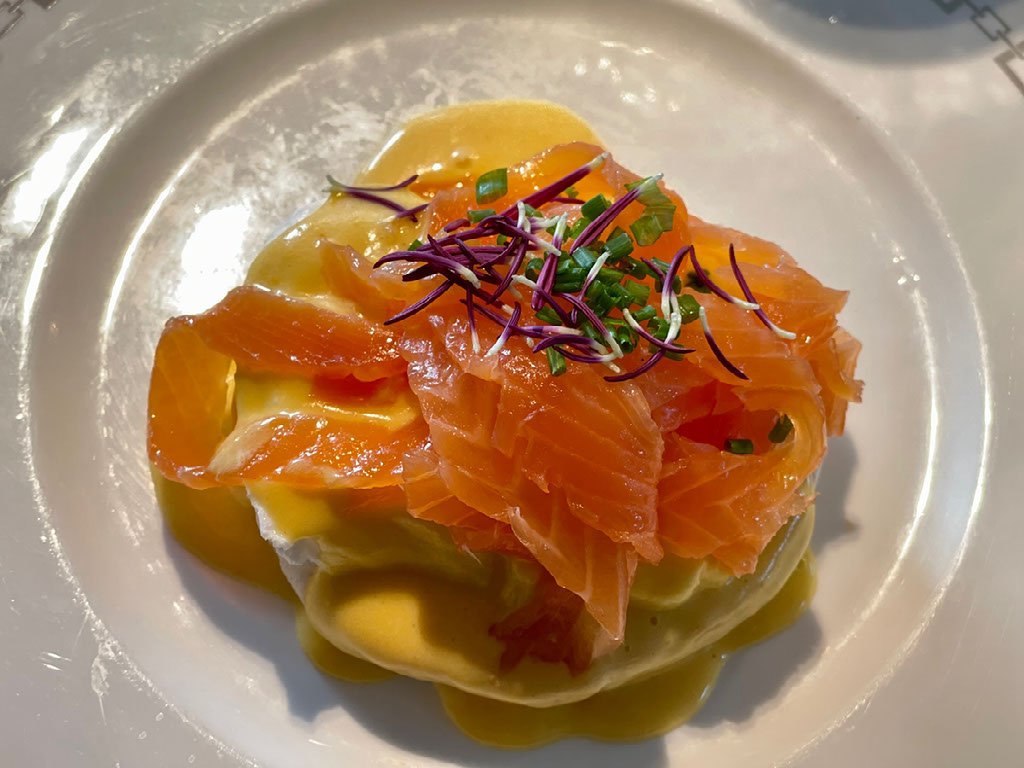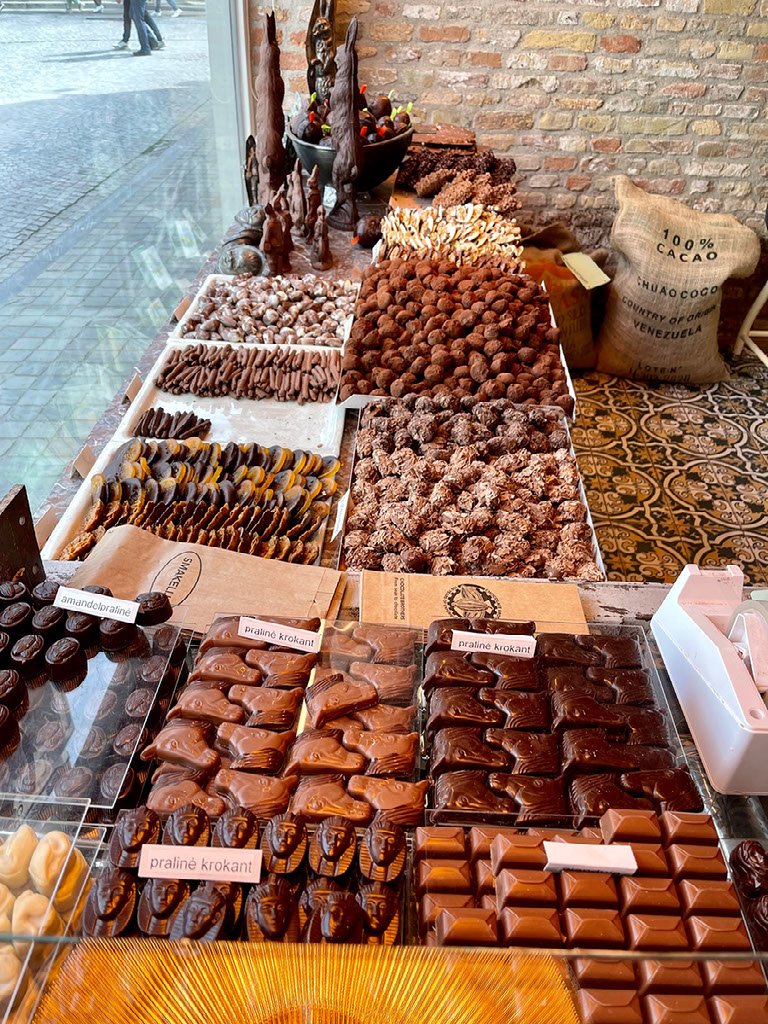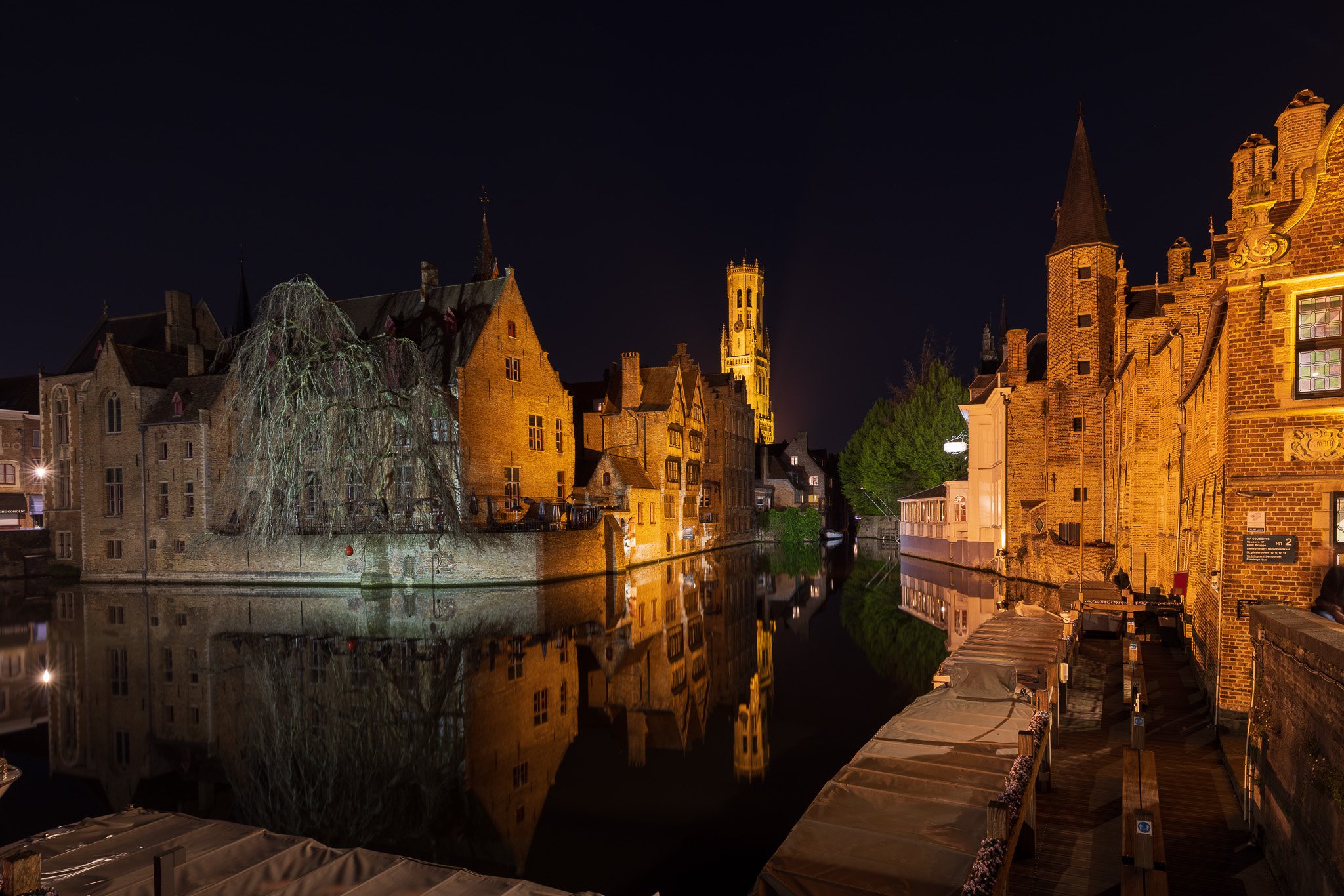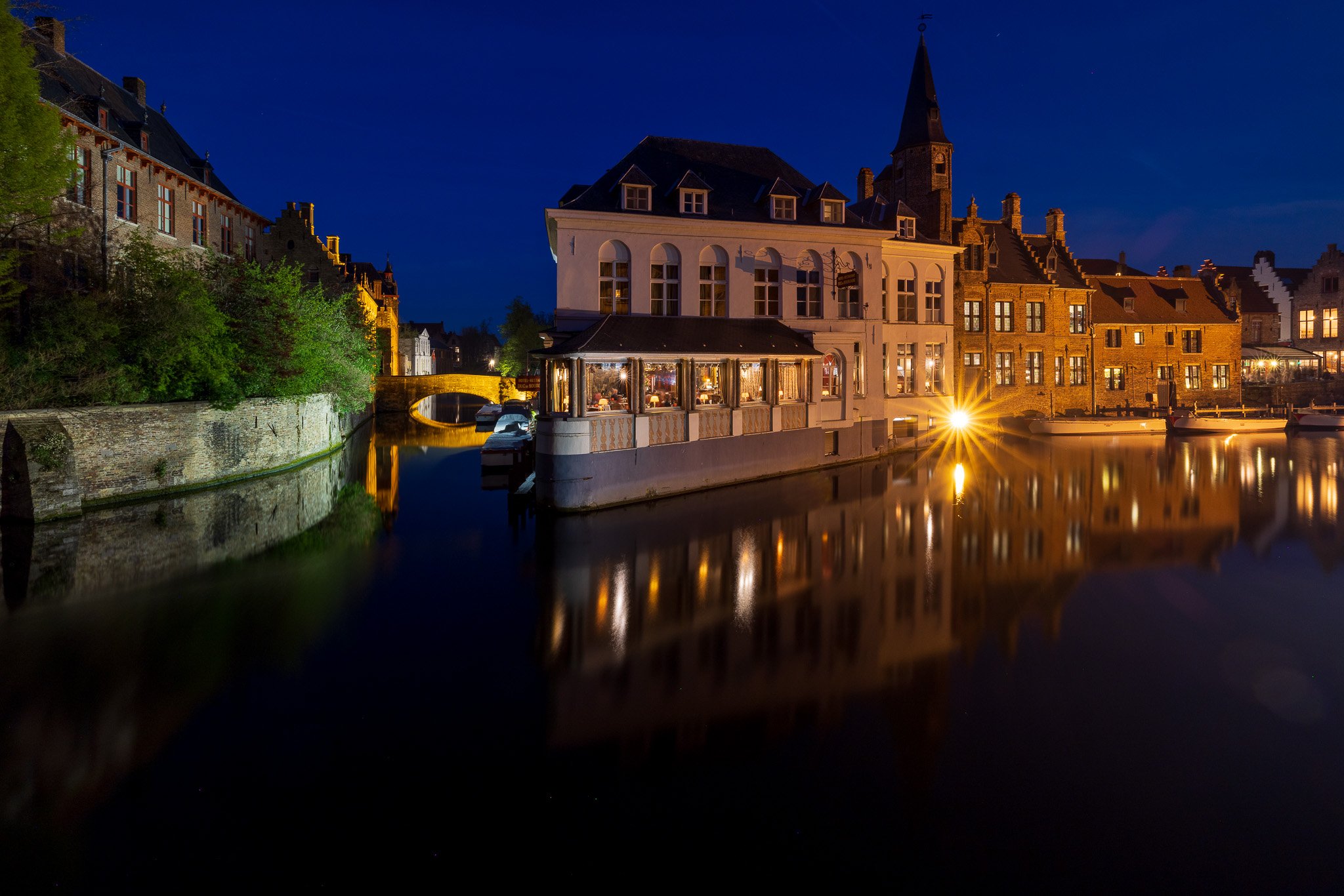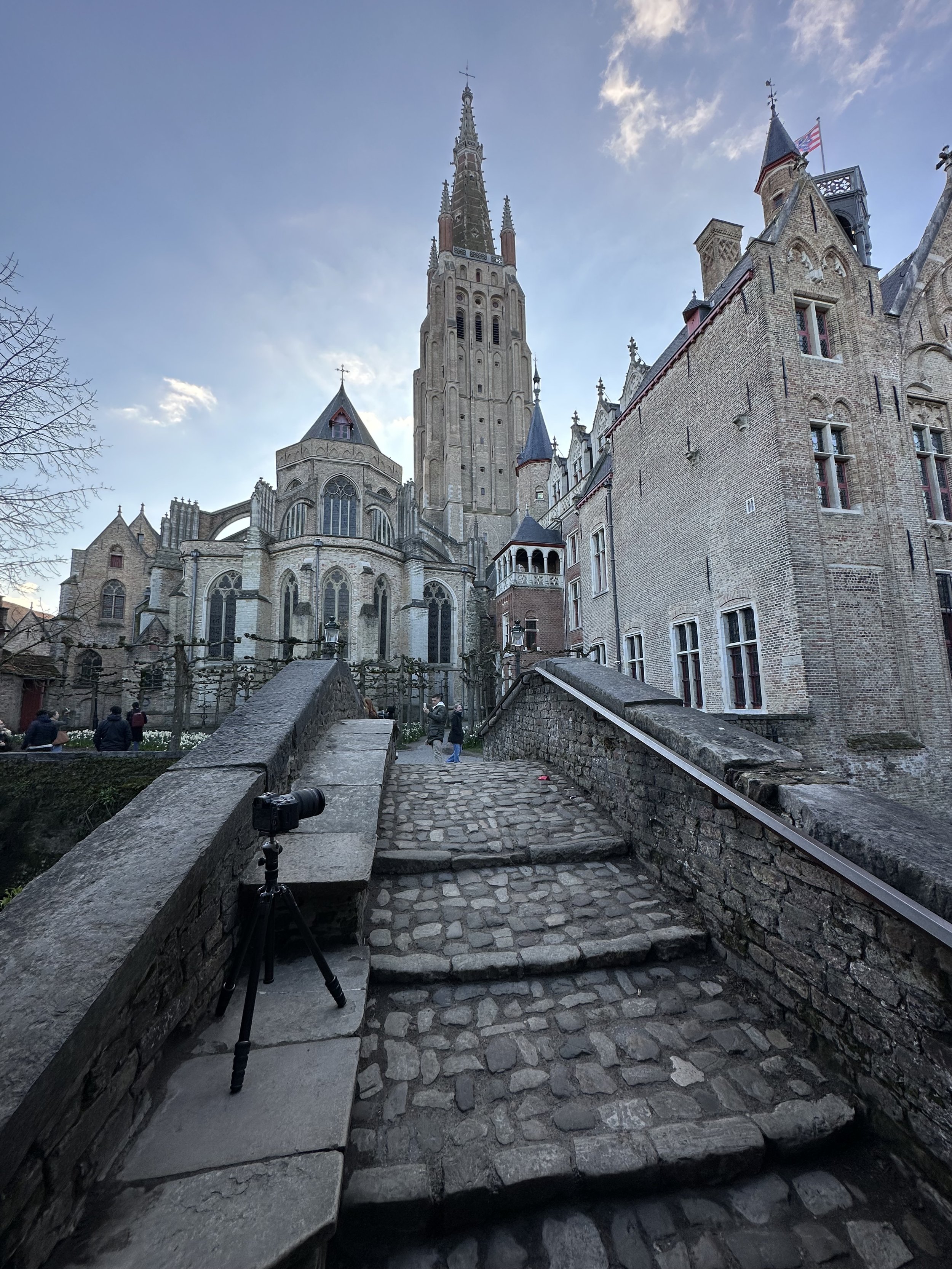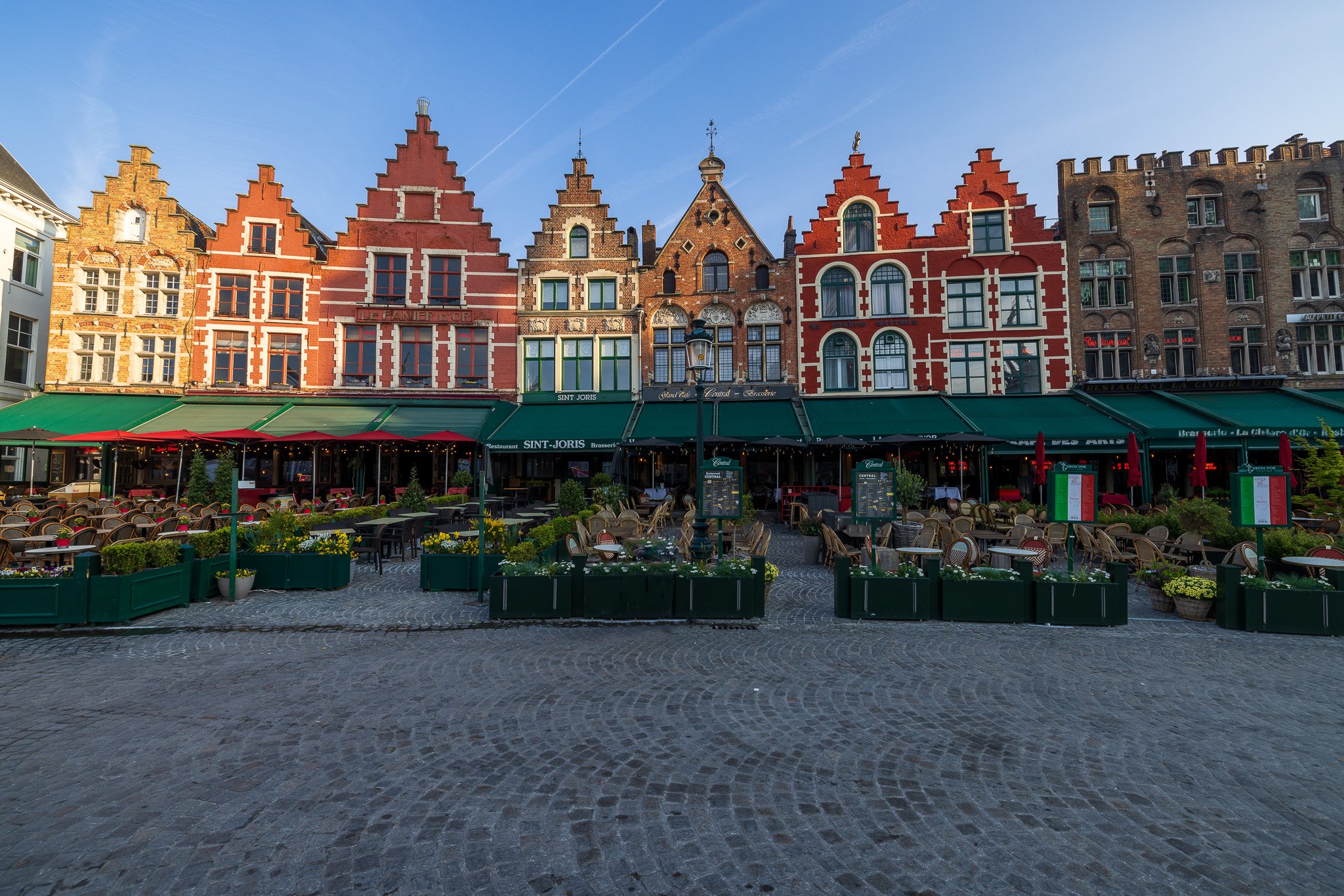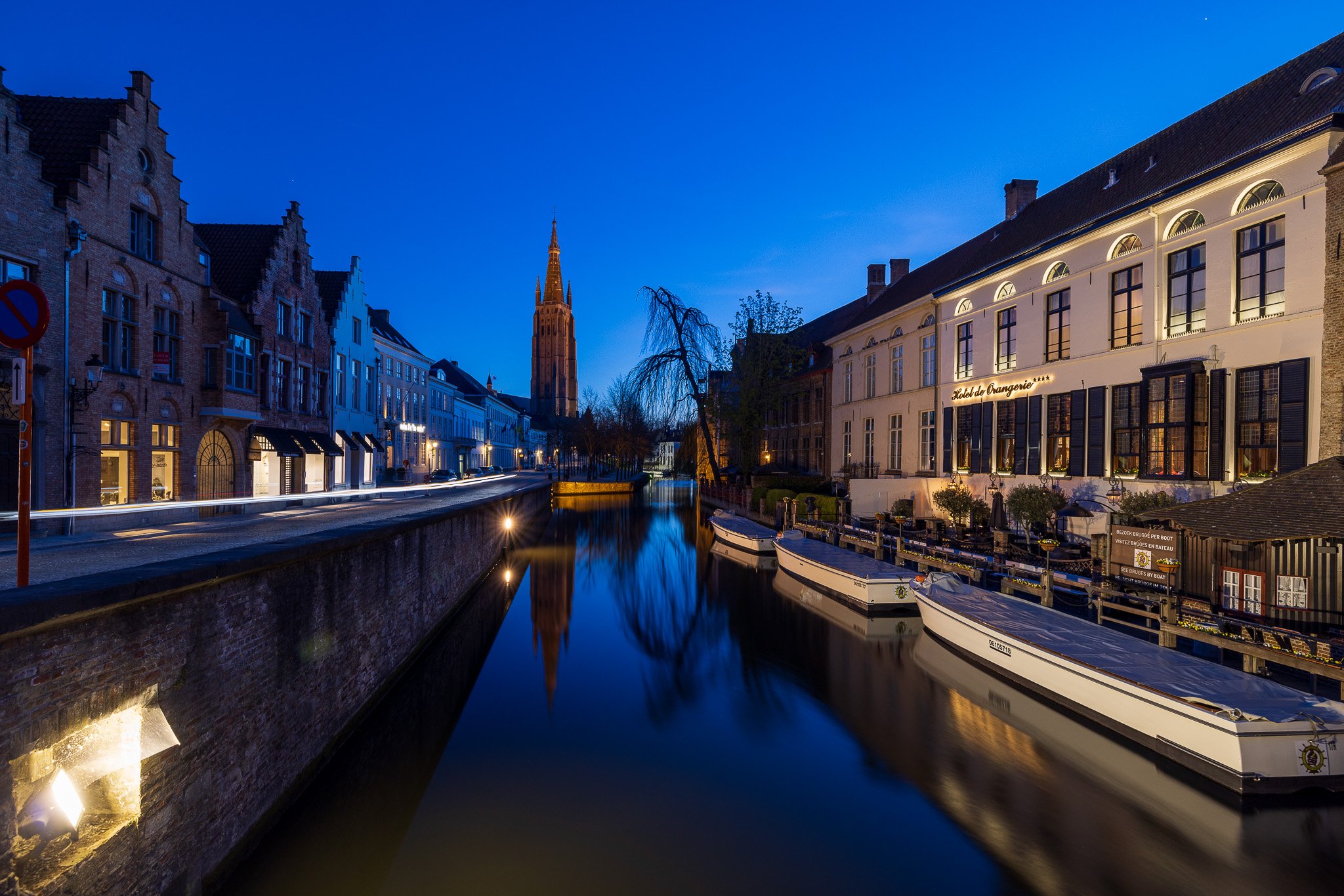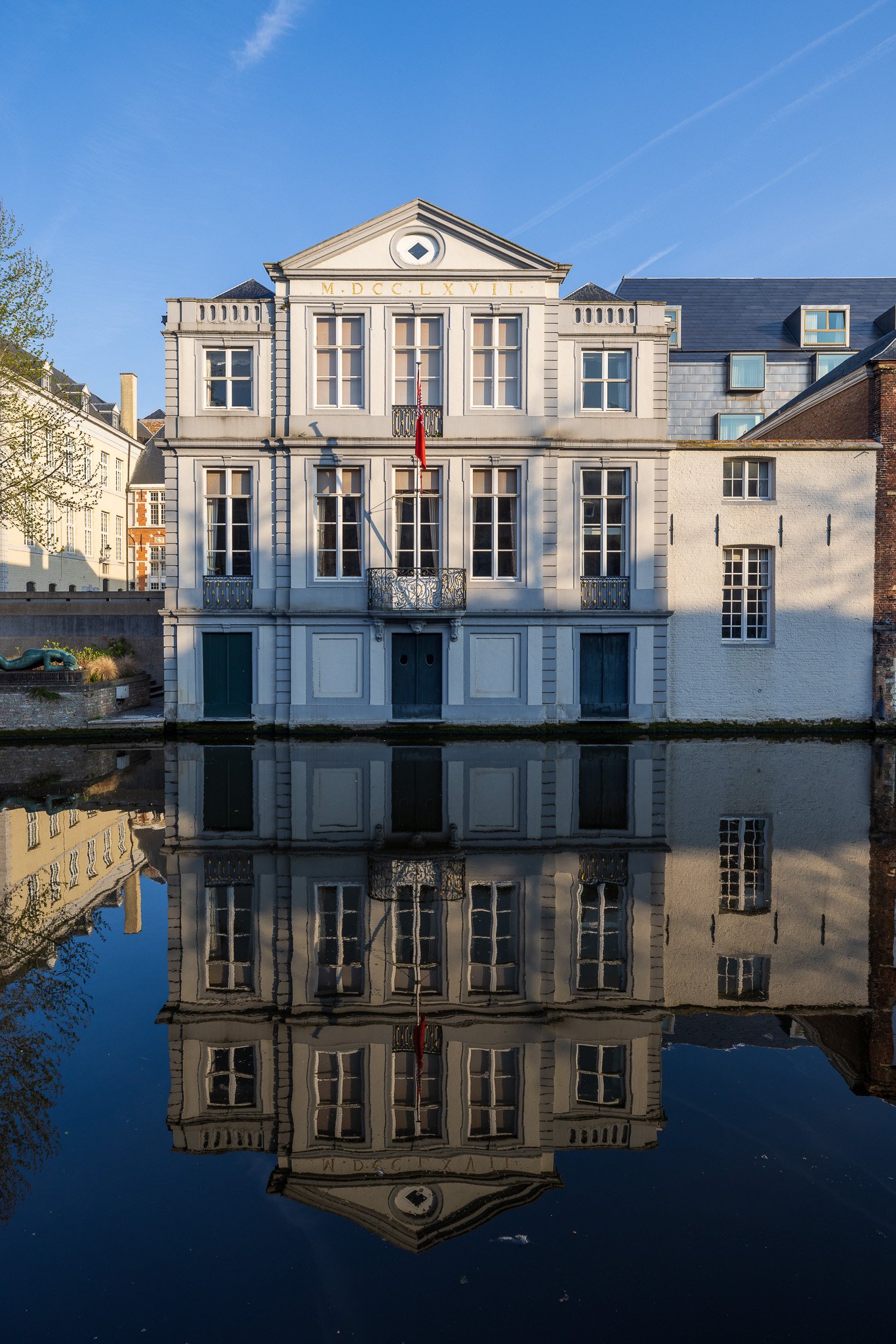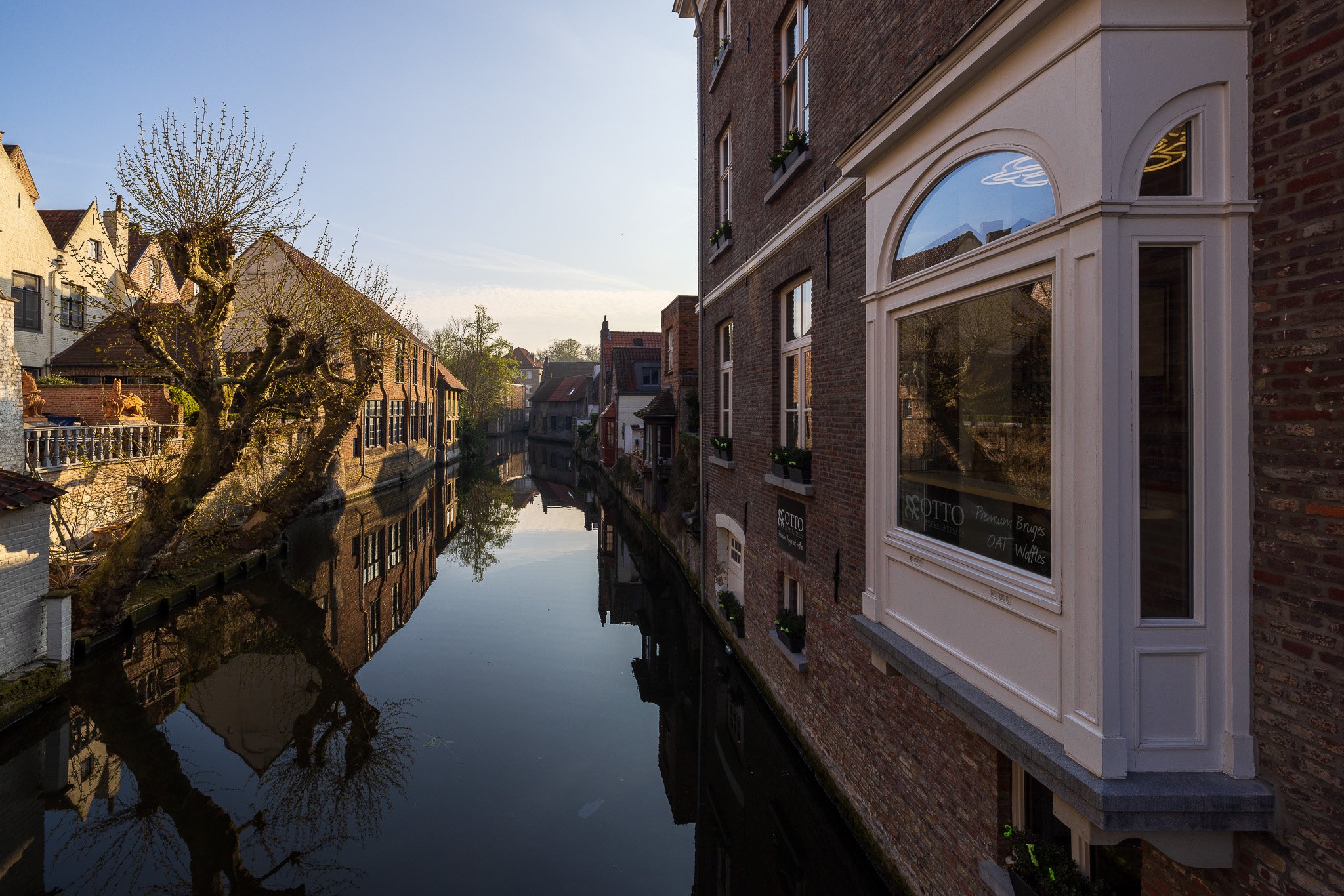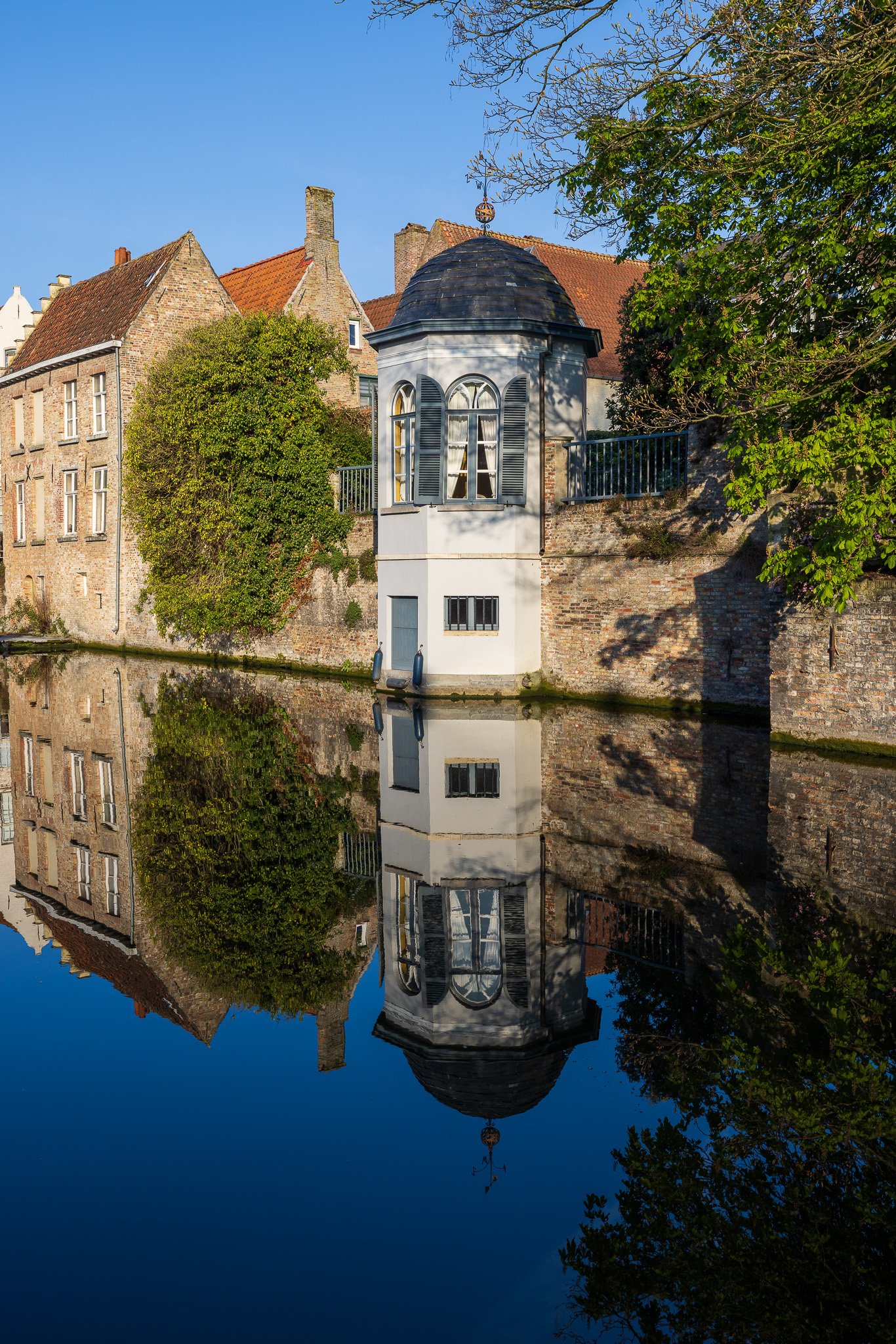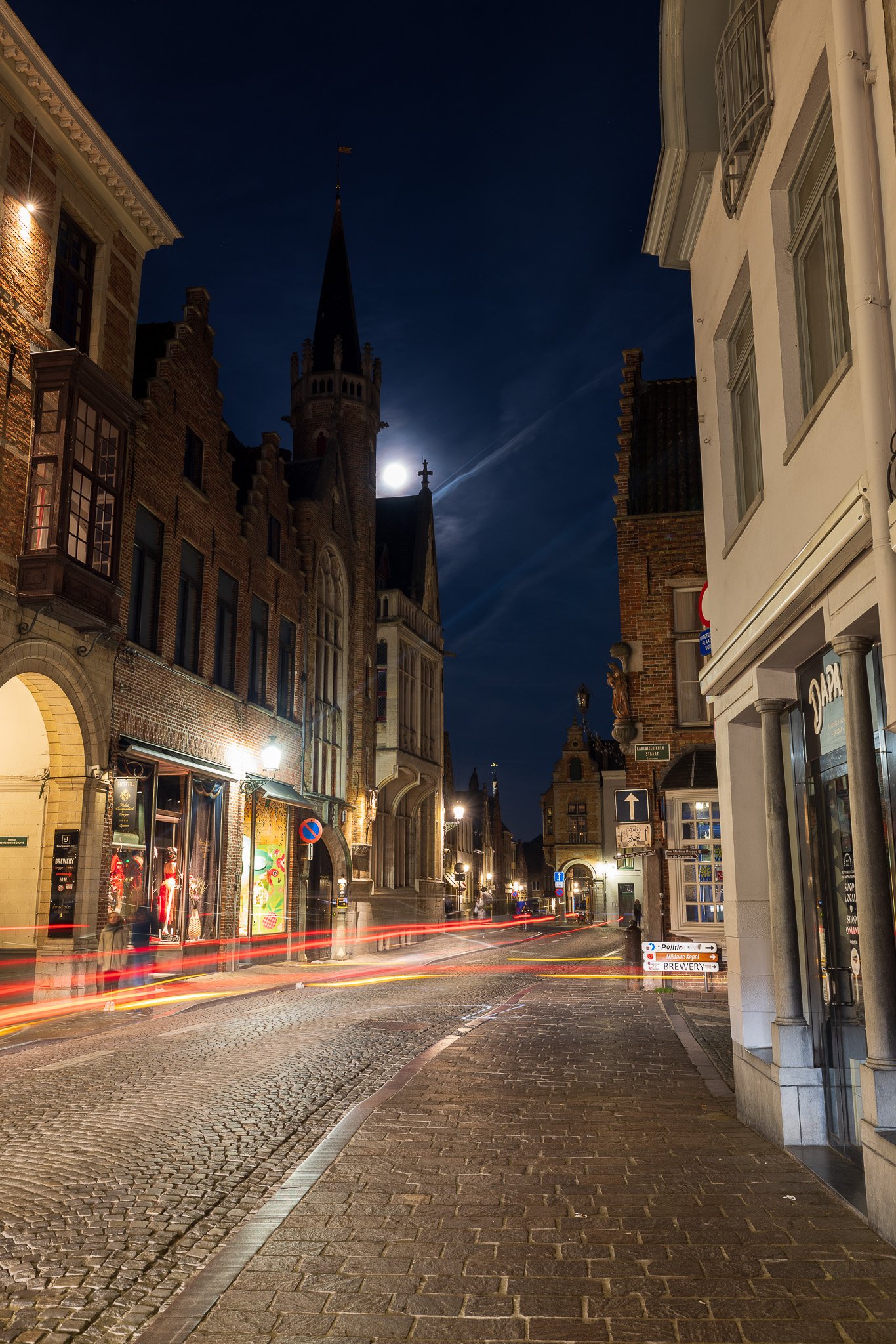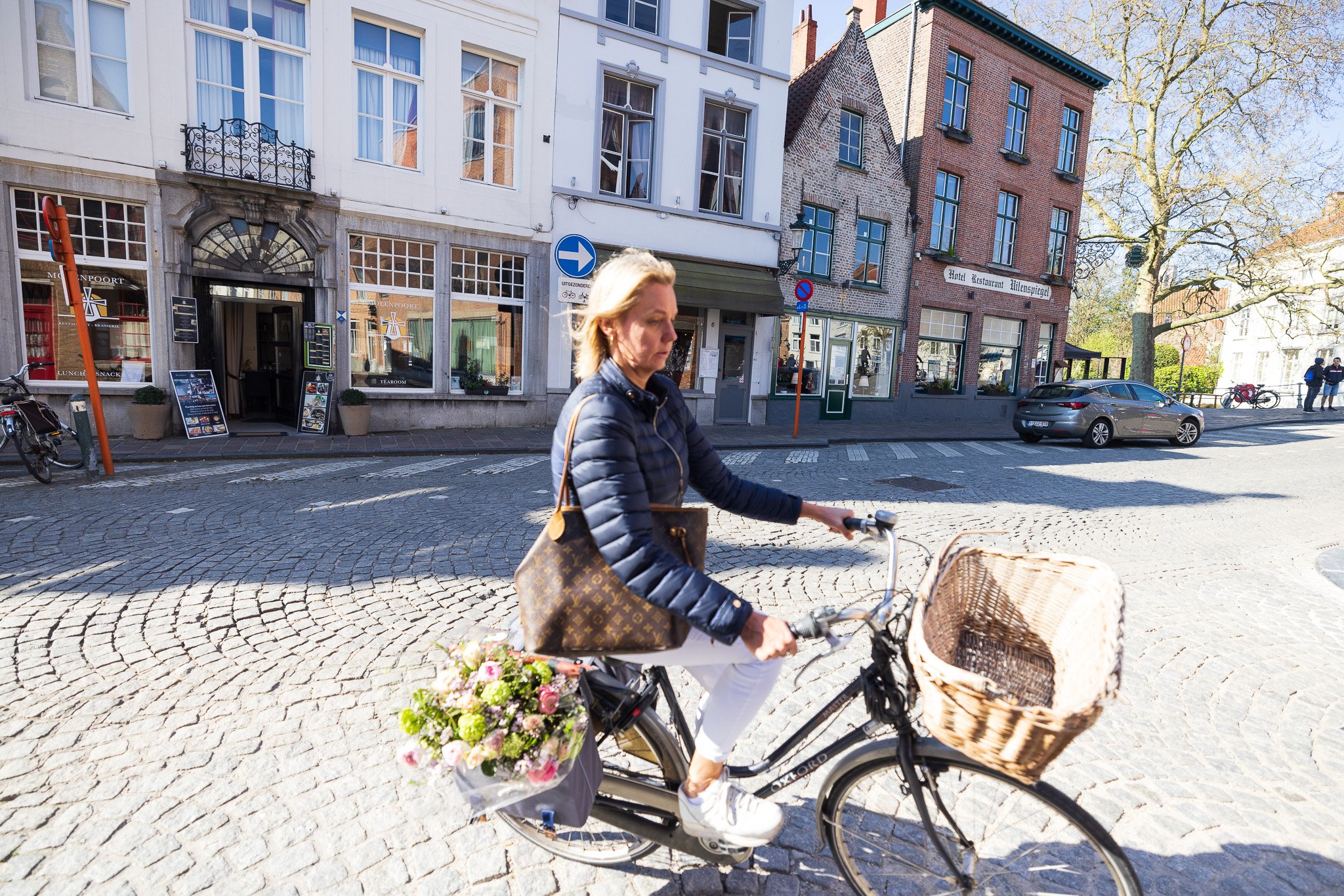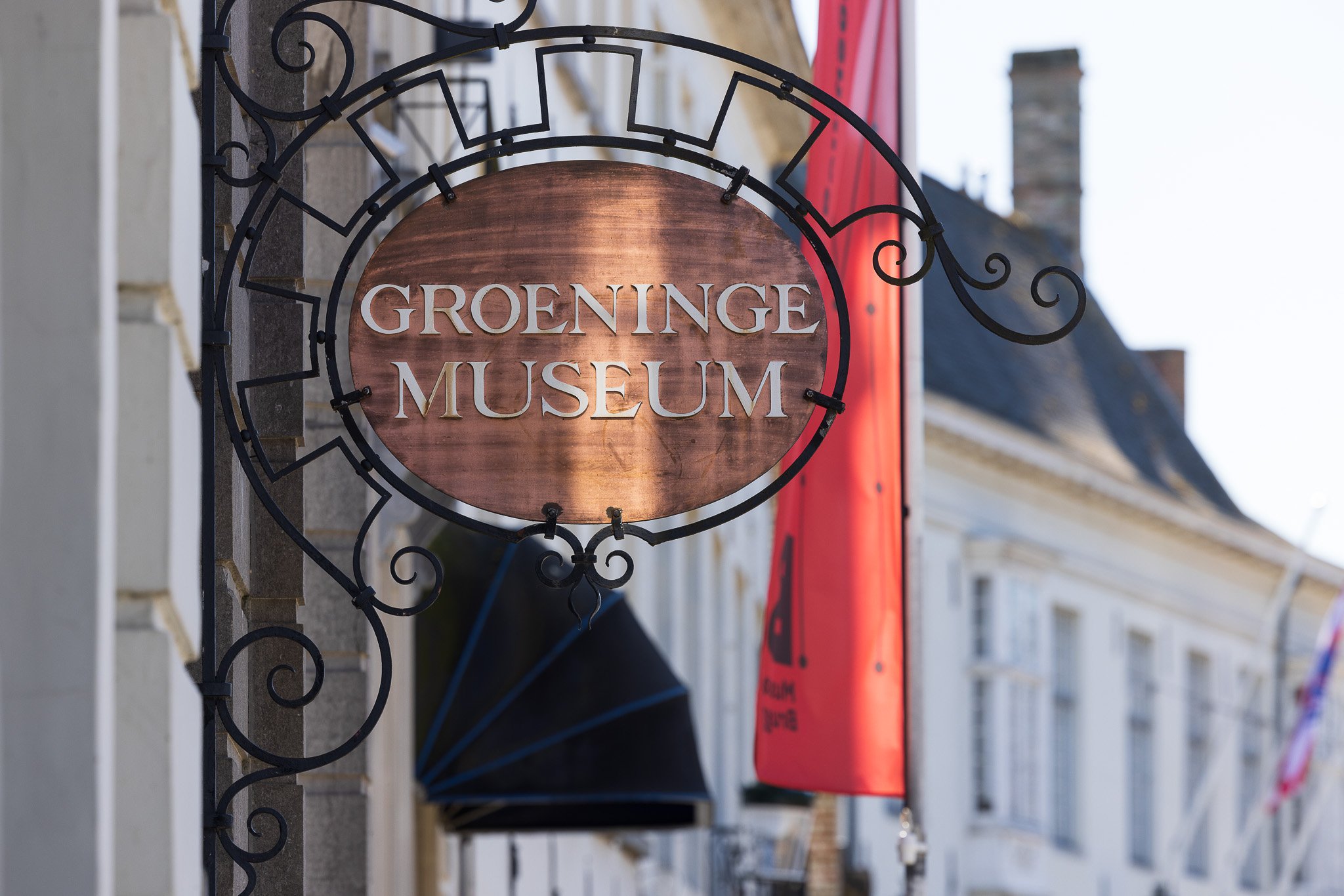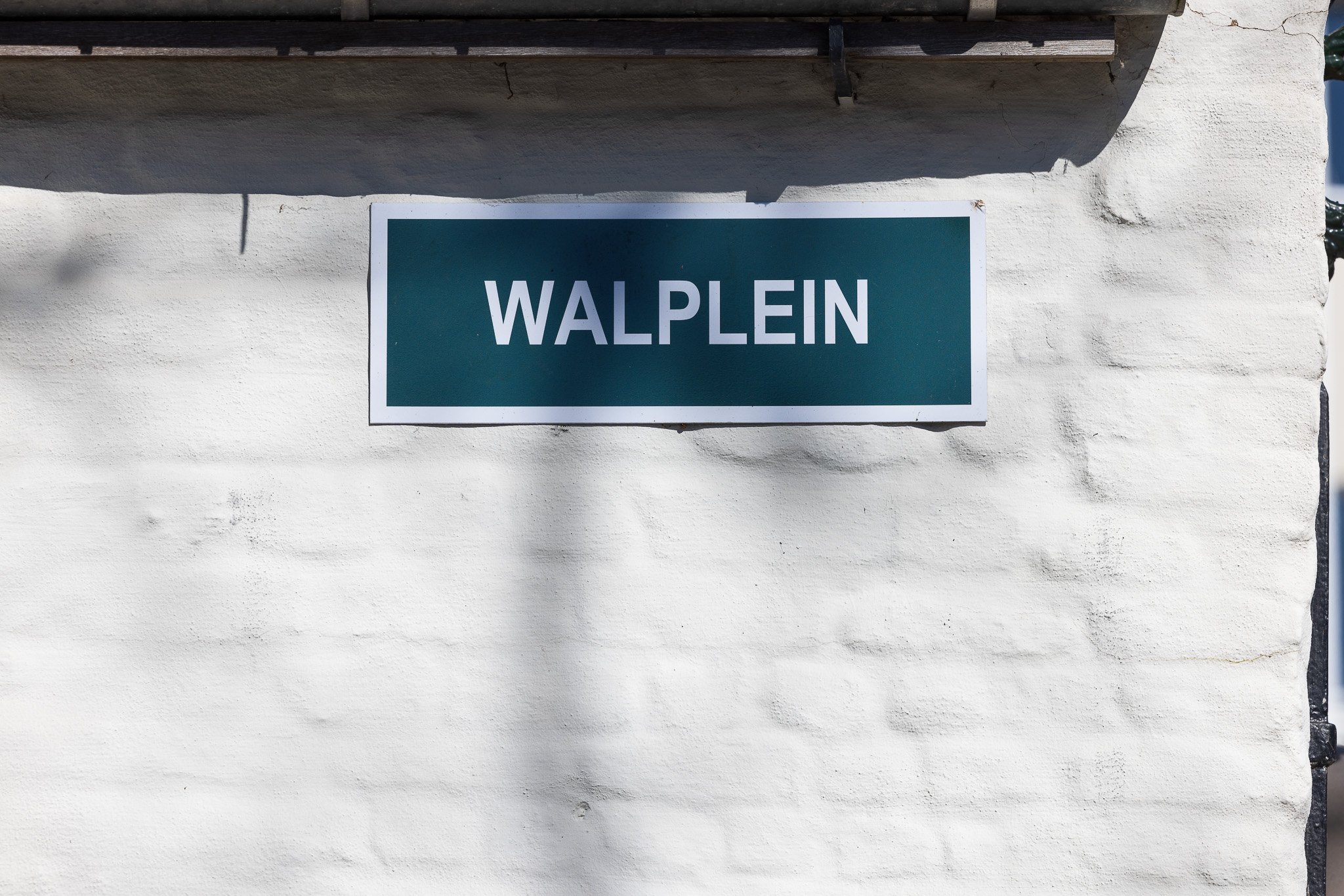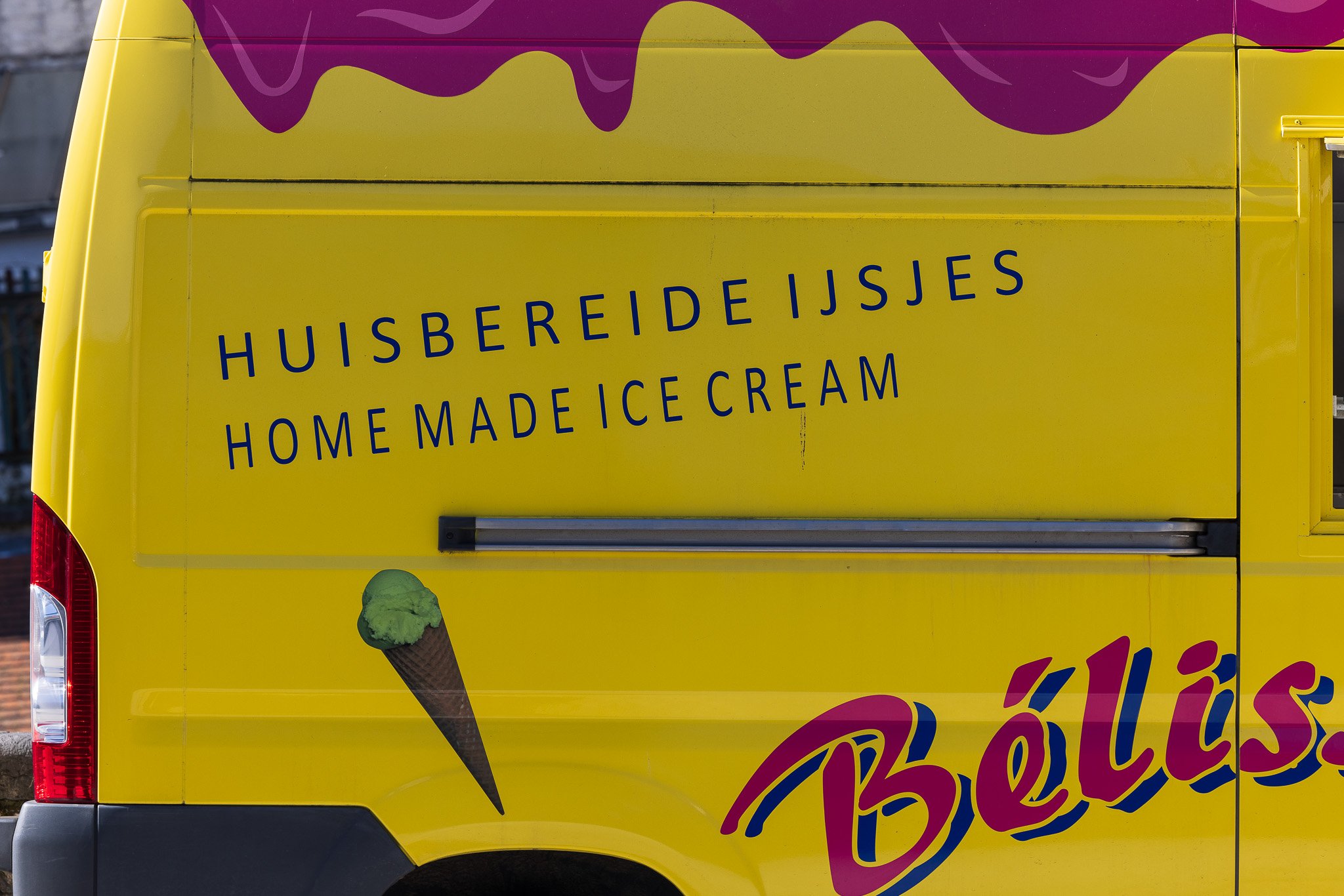My Photography & Travel Guide to Bruges, Belgium
Bruges
Bruges has been on my photography "bucket list" for years. It is a UNESCO world heritage site for good reason. Bruges is often called the Venice of the North with its photogenic waterways and fairytale architecture. The town is a photographer's dream with its beautiful canals and cobblestone streets that are beautifully lit at night.
Welcome to Bruges—a perfectly preserved city that feels both cinematic and deeply personal. Known for its Gothic architecture, winding canals, and rich Flemish heritage, it offers an endless supply of photo-worthy scenes and cultural treasures. Whether you’re wandering solo with your camera or exploring with family, Bruges is a visual feast.
Oh, by the way, it is Belgium, so there is plenty of delicious chocolate, French fries, and beer.
In this Photography Guide to Bruges, you’ll find everything you need—from the best hotels and restaurants to must-have gear and hidden photo spots.
Bruges or Ghent?
When you hear of Bruges, you often hear about about Ghent. There are often discussions about whether you should visit Bruges or Ghent. But why not both? They are only 45 minutes apart, yet very different, but both are undeniably beautiful. I would highly recommend going to both cities.
So, Where is Bruges Located?
Bruges is located in the Flanders area, to the west of Belgium. It is about a 3-hour drive from Amsterdam. The closest major airport is Brussels Airport (BRU), so most visitors take the train to Bruges. The ride from the airport to Bruges is about 90 minutes. Only 100,000 people live in Bruges, so while it is small, it is extremely charming.
How Long Should you Stay in Bruges?
Two to three nights is the optimal length of stay in Bruges. The best photography opportunities are probably early in the morning, and at night—day trippers miss out on the city's stunning nocturnal night photography opportunities. The best time to visit is in the Spring when daffodils and tulips carpet the city.
Where should you Stay?
Staying in the historic center of Bruges puts you right in the midst of its most beautiful and photogenic sites.
We stayed in an incredible small hotel called Hotel Van Cleef. The service in this hotel was just incredible. The hotel is an old mansion turned into a hotel. As you probably suspected, this used to be the home of the famous Jewelers, The Van Cleef family. It is located in the heart of Bruges on one of the canals. I would highly recommend staying here.
Here are some other accommodation options:
Luxury Options:
Hotel Dukes’ Palace Bruges - A five-star hotel set in a former ducal palace, offering luxurious rooms and a beautiful garden.
Relais & Châteaux Hotel Heritage - A luxury hotel in a 19th-century mansion with elegant rooms and top-notch amenities.
Mid-Level Options:
Martin’s Relais - Located along a picturesque canal, this hotel combines modern comfort with historic charm.
Hotel Navarra Brugge - A charming 17th-century mansion offering cozy rooms and a delightful courtyard.
Getting Around Bruges
Bruges is a compact city, making exploring on foot or by bike easy. Here are the best ways to get around:
Walking: The city’s small size and pedestrian-friendly streets make walking the best way to explore and photograph at your own pace.
Bikes: Renting a bike is a great way to cover more ground and discover hidden corners of the city.
Ride-sharing: While Uber and Bolt are not available in Bruges, the city has plenty of taxis if needed.
What to Eat?
There are 3 things you will not get enough of in Bruges: beer, Belgian fries, and chocolate. Bruges even has its own official city chocolate: the Bruges swan. Bruges is full of chocolate shops, cafes, and some wonderful restaurants. Our favorite meal was at a restaurant called De Verloren Hoek
De Stove: Intimate dining with seasonal Belgian dishes.
Den Gouden Harynck: Elegant fine dining near the Groeningemuseum.
Réliva: Organic, locally sourced meals and a lovely garden terrace.
Bistro Christophe: Cozy, casual, and loved by locals.
Chez Albert: Grab a hot Belgian waffle with chocolate—perfect for golden hour strolls.
Coffee Shops:
Vero Caffè: Known for its excellent coffee and friendly service, ideal for a quick caffeine fix.
I Love Coffee: A cozy spot offering great coffee and a lovely atmosphere for a relaxing break.
Li O Lait: This charming café is perfect for a mid-day coffee and cake break, with a unique interior and a welcoming vibe.
Photography Gear
Camera: Canon EOS R5, Nikon Z7 II, Sony A7R V—full-frame mirrorless cameras are perfect for capturing detail in low light.
Lenses:
Wide-Angle (16–35mm): For canal reflections and tight alleyways.
Standard Zoom (24–70mm): Ideal for city scenes and portraits.
Telephoto (70–200mm): For isolating details in architecture or shooting from bridges.
Tripod: Essential for blue hour and night photography along the canals.
ND Filters: For long exposures of moving water.
Drone: Not allowed in the city center—best to leave it at home.
What to Photography
You can download my Google Map here
Rozenhoedkaai
If you could only photograph 1 thing in Bruges, this would be it. I would try to arrive just before sunset and then stay until the end of Blue Hour.
Rozenhoedkaai is where the Dijver Canal curves alongside historic buildings, leading your eye straight to the Belfry of Bruges rising in the background. It’s a natural leading-line dream for photographers, with calm water that mirrors the city’s medieval charm.
Right Around Sunset
At sunrise, the soft morning light bathes the brick façades in warm tones, often with mist rising off the canal. At blue hour, lights from the buildings reflect perfectly in the still water, giving the scene a romantic glow. It’s a location that works in every season and every weather—fog, frost, or sunshine.
Blue Hour
Bring a tripod for long exposures, a wide-angle lens to capture the full curve of the canal, and maybe a neutral density filter for silky water effects. This one spot could easily earn you your favorite photo of the entire trip.
Just After Blue Hour
Once you are done if you walk around the corner you will find this locaton
From the Opposite Side
Begijnhof
This is a charming area with beautiful white houses and a garden. The area dates back to 1245. This world heritage site was once the home of the beguines, (emancipated lay-women who led a pious and celibate life).
The Princely Beguinage Ten Wijngaerde, as it's officially known, dates back to 1245 and was originally home to Beguines—lay religious women who lived in community but didn’t take monastic vows. They were independent, educated, and devoted to prayer and charity, and their lifestyle gave them a rare kind of freedom in medieval Europe.
Basilica of the Holy Blood (BURGPLEIN)
While the courtyard is beautiful, the church on the left side has a very interesting history. It is believed that in the Chapel there is a vial of the blood of Christ.
Bonifaciusbrug (Bonifacius Bridge)
You cross the bridge to reach the magnificent Onze-Lieve Vrouwekerk church—the grounds of the area are full of tulips during the Spring.
Marktplaats Belfry
This is the main square of the city. This area is full of restaurants and cafes.
Jan Van Eyckplein
Located just to the left of the Rozenhoedkaai. It is perfect for night photography
Belfly
The Belfry of Bruges (Dutch: Belfort van Brugge) is a medieval bell tower in the center of Bruges, Belgium. It is packed during the day with people so its better to photograph at night.
The Canals
One of the best things to do in Bruges is to walk along the canals.
Night Photography
This is a city made for Night Photography so make sure to bring your tripod.
There are so many spots to take photos towards the Belfry.
Street Photography
Finally, it is always fun to take some street photots.
Festivals & Events in Bruges
Bruges Winter Glow (late Nov–early Jan): Light installations, Christmas markets, and ice skating.
Bruges Beer Festival (February): A fun way to sample Belgian brews in a photogenic setting.
Cactus Festival (July): Open-air concerts in Minnewaterpark.
Procession of the Holy Blood (Ascension Day): A historic and moving parade with stunning costumes and solemn energy.
Final Thoughts
Bruges is proof that smaller cities can make the biggest impact. It’s not just photogenic—it’s soulful. The kind of place that feels like it remembers every person who’s ever wandered its streets. Whether you’re a seasoned photographer or a traveler with a phone and an eye for light, Bruges offers something rare: stillness, beauty, and storybook charm, all wrapped into one walkable city.
If you enjoyed this guide to Bruges, you can explore my other Photography and Travel Guides here. Don’t forget to subscribe to my newsletter for more photography tips, behind-the-scenes travel stories, and upcoming workshop announcements.
